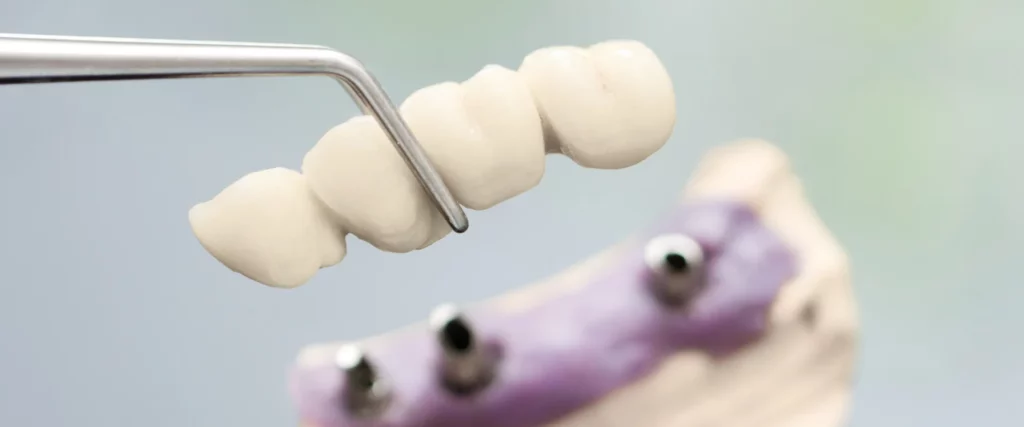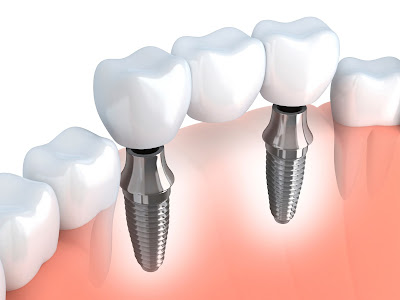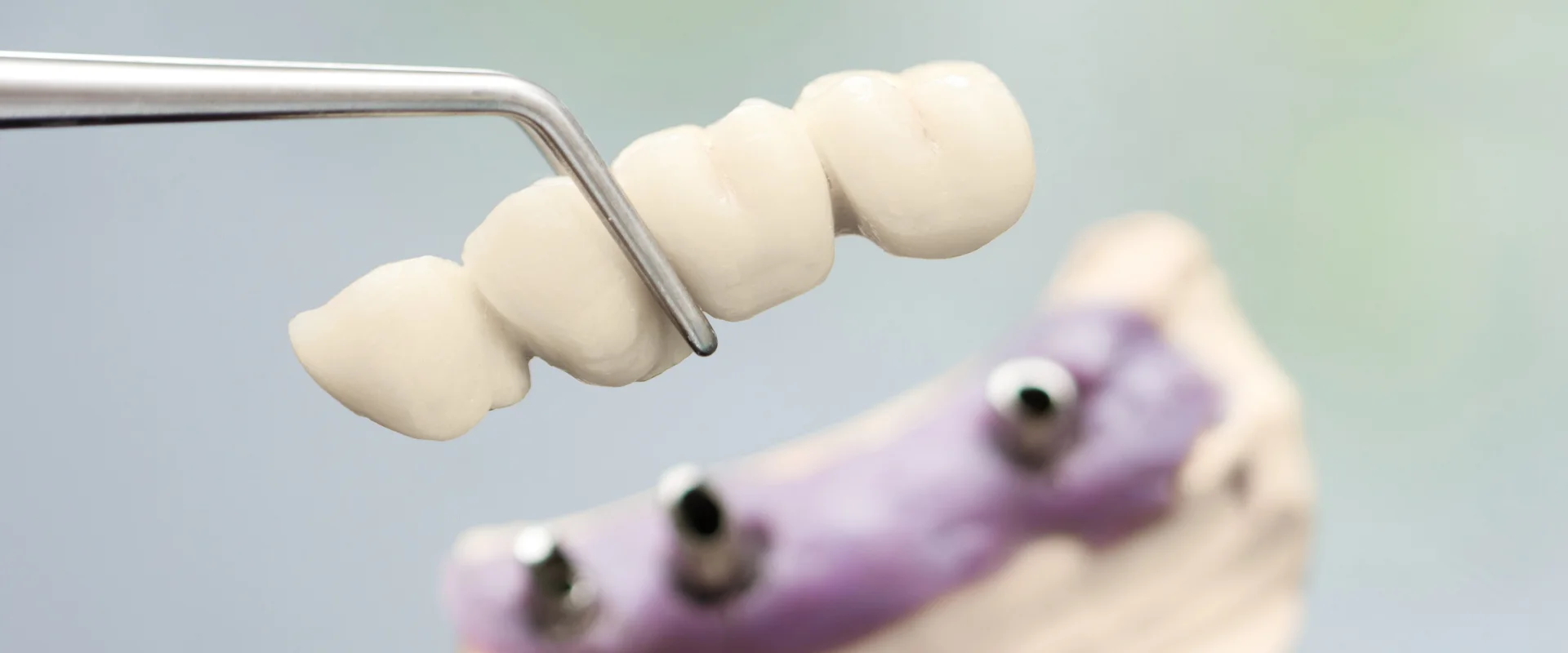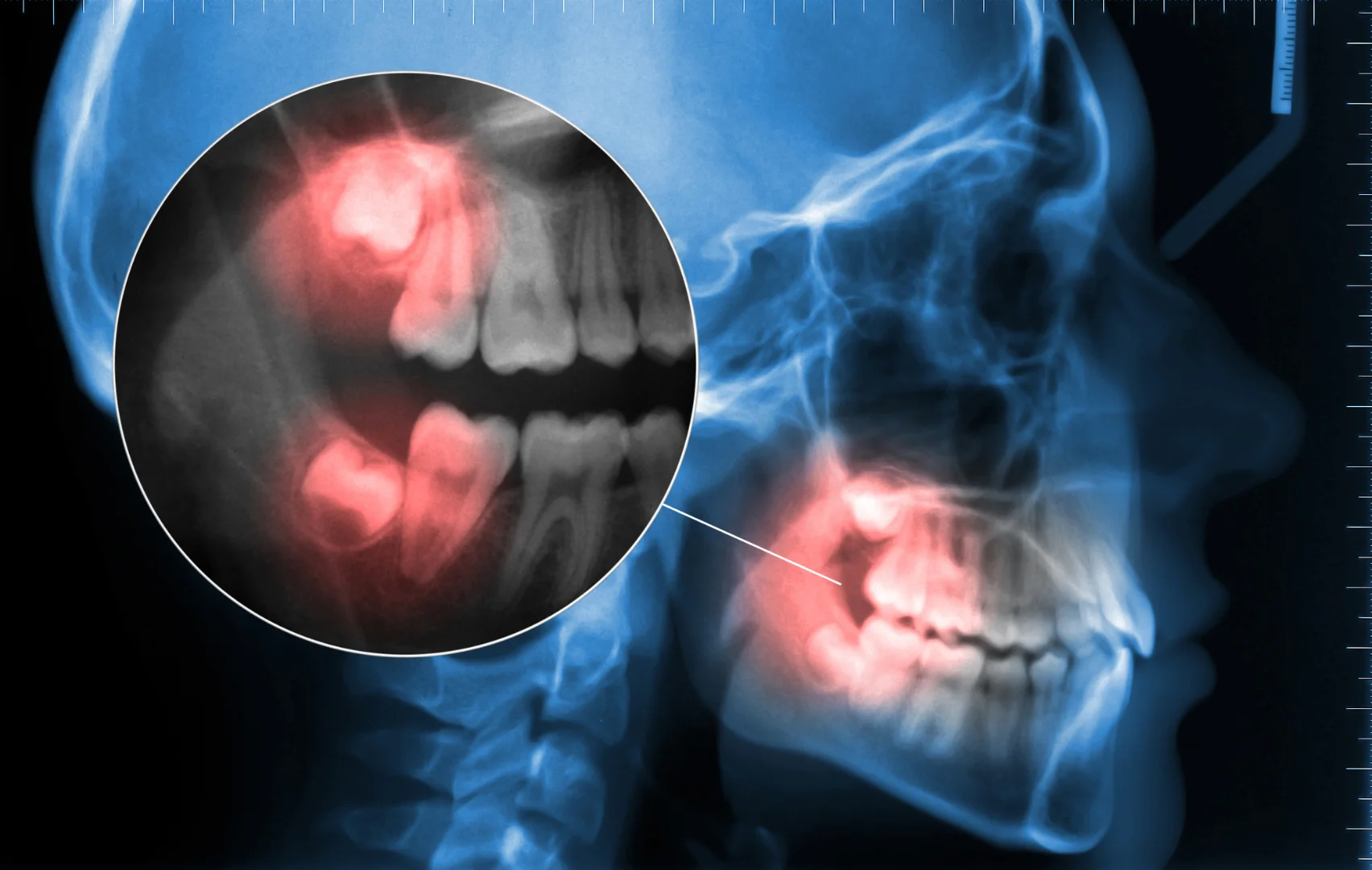While dental implants date back to around 600 A.D., modern implants have been around only since the 1970s. Unlike ancient times, when people made dental implants from jade, stones, and even seashells, modern implants are nearly indiscernible from real teeth. The early beginnings of dental implants can be traced to ancient civilizations, where rare gems and precious metals were used to restore lost teeth, highlighting humanity’s long-standing quest to address tooth loss. Today, current implants utilize advanced implant materials such as titanium implants, which have revolutionized the field by providing superior osseointegration and durability. Dental implants replace missing teeth and stabilize the jawbone.
Introduction to Dental Implants

If you’re missing teeth, dental implants offer a life-changing solution that goes far beyond simply filling a gap in your smile. Modern dental implants are designed to look, feel, and function just like your natural teeth, giving you the confidence to eat, speak, and laugh without worry. Thanks to decades of innovation in the dental implant industry, today’s implants are crafted from advanced materials like titanium, which fuse securely with your jaw bone to create a stable foundation for beautiful and healthy teeth.
The evolution of dental implants has brought about remarkable improvements in both the materials used and the techniques for implant placement. Dental professionals now use computer-aided design and computer-aided manufacturing to create dental implants that are custom-fit for each patient, ensuring optimal comfort and function. For those who may not have enough bone structure due to bone loss or gum and bone recession, procedures like bone grafting or gum grafting can help rebuild the necessary support for successful implant placement. With the help of these modern dental techniques, even patients who once thought they weren’t candidates for implants can now enjoy a beautiful smile.
One of the greatest advantages of dental implants is their ability to preserve your oral health. Unlike dentures or bridges, implants help prevent bone loss and gum recession by stimulating the bone tissue, just like natural teeth. This not only maintains the shape of your face but also protects your remaining healthy teeth from shifting or becoming damaged. Dental implants are also highly effective at reducing the risk of tooth decay and gum disease, as they are easy to clean and don’t rely on neighboring teeth for support.
With a success rate of over 90%, dental implants are a cost-effective and long-lasting solution for tooth replacement. Proper care, including good oral hygiene and regular visits to your dental professional, is essential to ensure your implants last for many years. Advanced surface treatments and computer-guided implant placement have made the procedure safer and more predictable than ever, minimizing the risk of implant failures and other complications.
Choosing dental implants means investing in your overall oral health and quality of life. Whether you’re missing a single tooth or several teeth, implants can restore your oral function, enhance your appearance, and give you the confidence to share your beautiful smile with the world. With the expertise of skilled dental professionals and the latest dental implant technology, you can look forward to a future filled with healthy teeth and a renewed sense of well-being.
The Dental Implant Process

Dental implants are done in three steps, which require three separate visits to your oral surgeon. The whole process takes six months to a year. The first step is to place the implant into your jawbone with surgery. The implant acts like a natural root of your tooth, and bone density is an important factor in determining the success of implant integration. For patients with insufficient bone or gum tissue, gum or bone grafting may be necessary to ensure proper support for the implant. The implant needs to be covered for three to six months to fuse to the jawbone, and this healing time is required for proper fusion.
After that time, your surgeon will attach a post to the implant, which will eventually serve as the frame for your replacement tooth. The gum tissue plays a crucial role in the healing process and helps stabilize the implant for long-term success. You will then need to let your gums heal for a few months before proceeding to the final step. Once your gums have healed, your oral surgeon will attach your new replacement tooth, which is an artificial tooth, to the post. The implant supports replacement teeth giving patients restored function and confidence, and you will have your own beautiful smile back.
Are Dental Implants Right for Me?

While implants are very strong and damage resistant, they are not indestructible. Good health and healthy gums are important for implant success. It’s not uncommon for implants to fail because the patient doesn’t take good care of his or her teeth; poor oral hygiene is a major risk factor. People who smoke or grind their teeth run the risk of damaging their implants. Some preexisting health conditions, including diabetes and osteoporosis, can increase the risk for implant failure. Overall health and oral hygiene both impact the success of dental implants. Your oral surgeon will tell you if implants are right for you, as dental implants are a solution for missing tooth and tooth loss.
Want to learn more about dental implants? Visit the Solace Implant center & Oral Surgery site to find out about our services.



